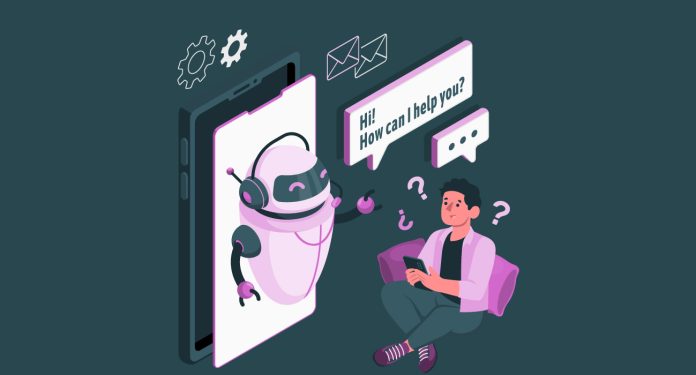Liferay’s 2025 report reveals how broken self-service erodes trust. Martech teams must fix friction by designing experiences that flow—not frustrate.
We’ve all been there—stuck in an endless loop with a chatbot that never quite answers the question, or using a mobile app that can’t complete the tasks it’s designed to handle. After a few frustrating minutes, the only option is to pick up the phone or start over. A process designed to save time ends up taking more of it.
According to the Liferay 2025 Digital Self-Service Report, this experience is far from rare. The survey of 1,000 U.S. adults found that 68% of consumers have abandoned a digital task, and 73% have skipped a purchase because the process was too frustrating. Once seen as a symbol of convenience, self-service has often become a source of fatigue and friction for customers.
This article explores the cost of these failures and how martech teams can address them. By reframing the problem from automation to experience design, marketing leaders can identify where friction occurs and create digital journeys that strengthen customer confidence.
The Real Cost of Friction
In theory, digital self-service should make life easier for both customers and companies. In practice, users often feel like they are working for the organization instead of being supported by it. Eighty-two percent of respondents said they are now performing tasks they believe employees once handled. Sixty-four percent described their experiences as frustrating, and 39% said they feel exhausted by digital processes.
That emotional strain translates directly into business costs. Each time a task stalls, the customer journey breaks. When users restart forms or switch channels for help, confidence erodes, and the organization pays the price through wasted effort and lost revenue. Service teams then spend more time troubleshooting, while marketers lose insight into customer intent buried in fragmented workflows.
Why Martech Leaders Should Care
Many organizations treat self-service design as a service issue. In reality, it is a marketing challenge. Every digital touchpoint shapes brand perception. When those interactions are inconsistent or confusing, customers associate the frustration with the brand itself.
From a martech standpoint, the issue often starts upstream with disconnected systems and data, as well as siloed ownership of the customer journey. When marketing, IT, and CX teams work independently, the result is a fragmented ecosystem that shifts complexity to the customer. Fixing that requires rethinking how teams design, connect, and measure digital experiences.
Reframing the Challenge
Improving self-service begins with removing friction across the customer journey. Success is measured not only by completion rates, but also by the effort invested. Tracking how often users restart tasks, abandon forms, or call support reveals the real story of where experiences fail.
Design plays an equally critical role. The most effective self-service experiences anticipate behavior rather than forcing users to adapt. Features such as auto-save, pre-filled forms, progress indicators, and real-time validation can turn frustration into flow. In healthcare insurance, for example, consumers report that finding the right information is their biggest challenge; yet, digital tools meet that need only 39% of the time. Addressing usability gaps like this delivers measurable value.
Collaboration and Accountability
Reducing friction requires cross-functional teamwork. Marketing understands customer behavior, IT manages system capabilities, and operations oversee process flow. When these groups share a unified framework for data and design, self-service experiences become consistent across every channel.
Governance provides the structure to sustain that consistency. Standardizing APIs and centralizing design systems creates the technical and visual cohesion that customers perceive as reliable. These frameworks reduce rework, improve scalability, and ensure every digital interaction reinforces trust.
What’s Next for Experience Design
As AI and personalization tools mature, the quality of digital experiences will become the defining factor in competitive advantage. Customers expect smooth, intuitive interactions, yet many still encounter friction caused by disjointed systems and poor design. A single frustrating self-service journey can undo the benefits of sophisticated automation.
For cross-functional teams, the path forward depends on collaboration and disciplined integration. Shared APIs and consistent data standards allow systems to communicate seamlessly. Centralized governance aligns teams and ensures brand coherence. Measuring interoperability instead of tool count keeps the focus on performance.
The goal is to create connected experiences that build trust and make self-service feel effortless. When marketing, IT, and service teams align on data, design, and accountability, they move closer to delivering the kind of digital journeys customers expect and remember fondly.










